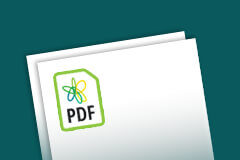The economic costs of alcohol-related harms in New South Wales: Development of an interactive costing tool
One of the levers that government uses to protect public health involves controlling the supply of alcohol products by regulating the businesses authorised to sell alcohol through a licensing system. In Australia, liquor licensing is the responsibility of state and territory governments. Much evidence exists linking alcohol availability to alcohol-related harms, so decisions by these regulatory entities influence public health outcomes.
In NSW, liquor licence applications are the responsibility of Liquor and Gaming NSW (L&GNSW) and the Independent Liquor and Gaming Authority (ILGA). These agencies seek input from the community and key agencies such as NSW Health and the NSW Police Force. NSW Health assesses the health impact of proposed new and amended licences and provides specific recommendations to ILGA.
However, the influence of health impacts alone on licensing decisions is limited. NSW Health and local stakeholder response to applications can be enhanced by including the cost of alcohol-related harms, including broader social and economic costs, particularly relevant at the local level in the application.
This project developed the Alcohol-Related Harms Costing Model (ARHCM), which enables NSW Health staff to compare costs borne by a particular community (defined by local government area [LGA]) with the purported economic benefits proposed by the new liquor licence.
The information will strengthen the evidence available to assess the economic impact of liquor licence applications.
Further details on how to access the model will be made available before the end of 2022 at www.nshealthpromotion.com.au
This project was supported by a collaboration of researchers and policy makers from the Prevention Centre, Deakin University, Northern Sydney Local Health District, Central Coast Local Health District, Centre for Alcohol and Other Drugs, NSW Ministry of Health, and The University of Sydney.
